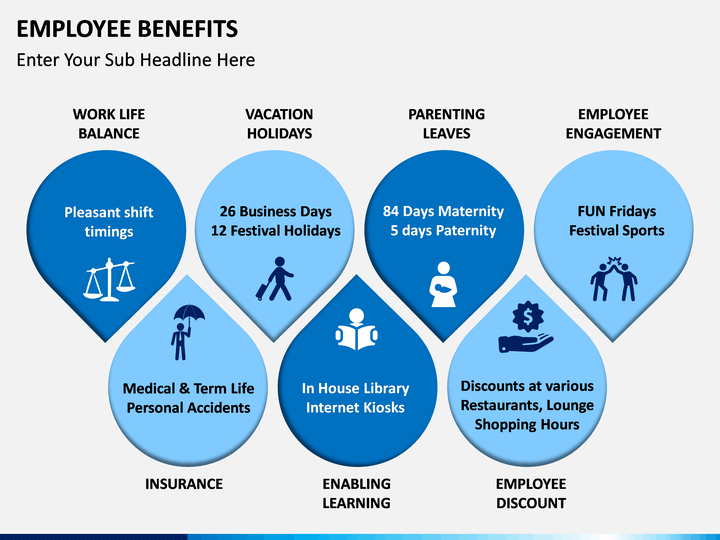Boosting Productivity & Well-being: The Ultimate Guide to Employee Health Benefits
In today's fast-paced work environment, employers are increasingly recognizing the importance of prioritizing their employees' health and well-being. Providing comprehensive employee health benefits has become a cornerstone of fostering a productive and positive workplace culture. By offering a range of health benefits that cater to employees' physical, mental, and emotional needs, organizations can not only boost productivity, but also enhance employee satisfaction and loyalty.
Employee health benefits encompass a wide array of offerings, including health insurance coverage, wellness programs, mental health support, and resources for maintaining a healthy work-life balance. These benefits play a crucial role in nurturing a workforce that is healthier, happier, and more engaged. As companies compete to attract and retain top talent, the significance of robust health benefits cannot be overstated. By investing in the well-being of their employees, organizations pave the way for long-term success and sustainable growth.

Types of Employee Health Benefits
One common type of employee health benefit is medical insurance coverage. This includes policies that help employees pay for medical expenses such as doctor visits, hospital stays, and prescription medications.
Another important employee health benefit is dental insurance. This coverage typically includes preventive care, such as cleanings and exams, as well as procedures like fillings, crowns, and root canals.
Mental health support is a valuable employee benefit that is increasingly being offered by many companies. This can include access to therapy sessions, counseling services, and mental wellness programs to support employees' overall well-being.
Cost of Implementing Employee Health Benefits
When considering the cost of implementing employee health benefits, it's crucial for businesses to weigh the financial investment against the potential long-term benefits. Providing comprehensive health benefits may incur initial expenses, but the return on investment can be substantial in terms of employee retention and productivity.
Moreover, the cost of employee health benefits can vary depending on the size of the organization and the scope of coverage offered. Smaller businesses may find it more challenging to afford extensive health benefits compared to larger corporations. However, implementing even basic health benefits can positively impact employee satisfaction and overall well-being.
In addition to direct costs, businesses should also consider the indirect savings associated with employee health benefits. By promoting a healthier workforce, companies may experience reduced absenteeism, lower healthcare expenses, and improved morale among employees. Ultimately, investing in employee health benefits can lead to a more efficient and thriving work environment.
Measuring the Impact of Employee Health Benefits
One effective way to measure the impact of employee health benefits is through analyzing key metrics such as employee absenteeism rates, presenteeism levels, and overall job satisfaction. By conducting regular surveys and gathering feedback from employees, employers can gain valuable insights into how these benefits are influencing the well-being and productivity of their workforce.
In addition to qualitative feedback, businesses can also use quantitative data to evaluate the success of their employee health benefits programs. This can involve tracking metrics like healthcare utilization rates, employee turnover rates, and changes in overall health and wellness outcomes. By analyzing these data points over time, organizations can assess the tangible impact these benefits are having on their employees and their bottom line.
Ultimately, the true measure of success for employee health benefits lies in the overall improvement of employee engagement, morale, and job performance. When employees feel supported and valued through comprehensive health benefits packages, they are more likely to be motivated, focused, and productive in their roles. By prioritizing employee well-being, businesses can create a positive work environment that fosters growth, loyalty, and success for both the employees and the organization as a whole.